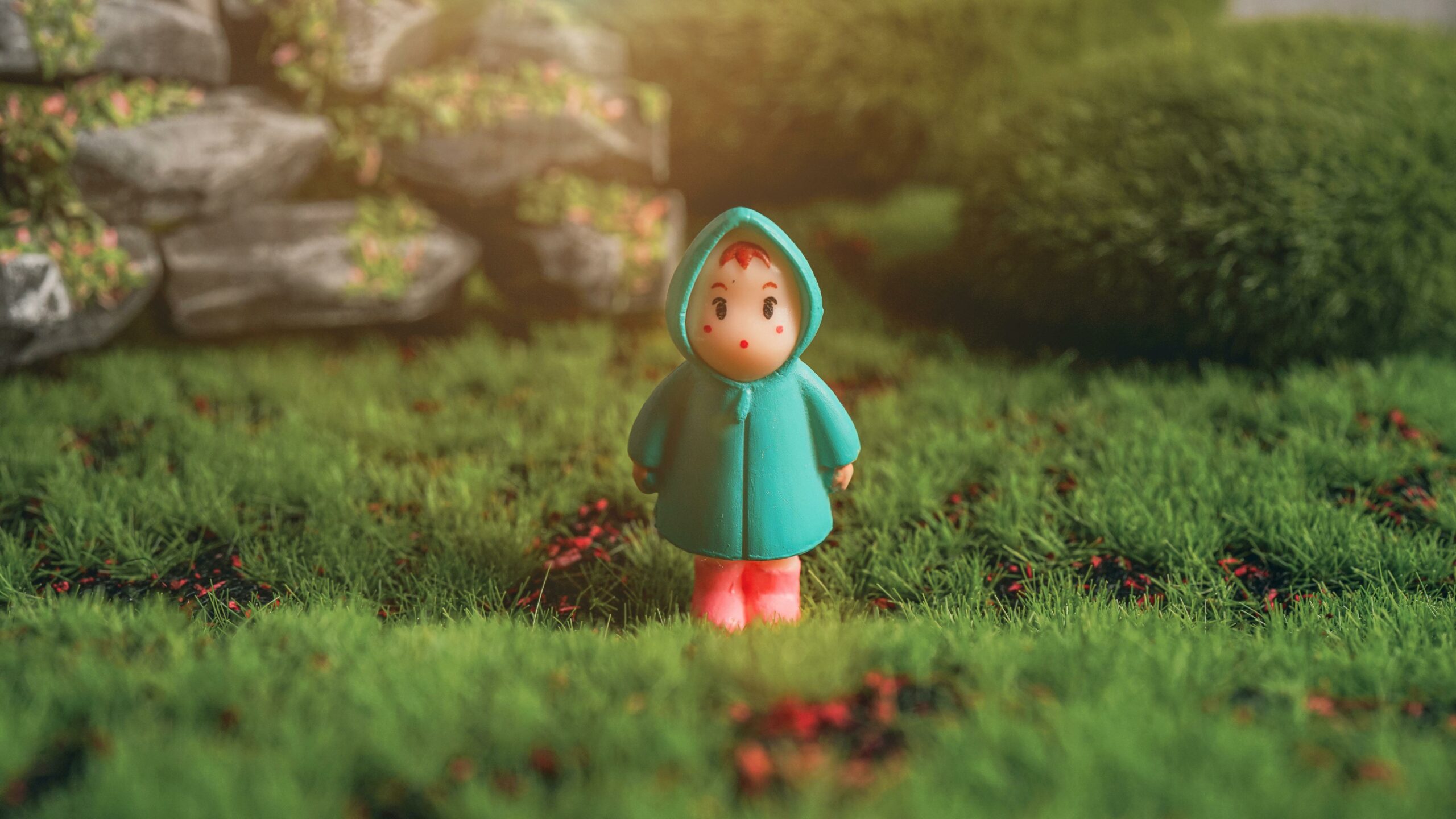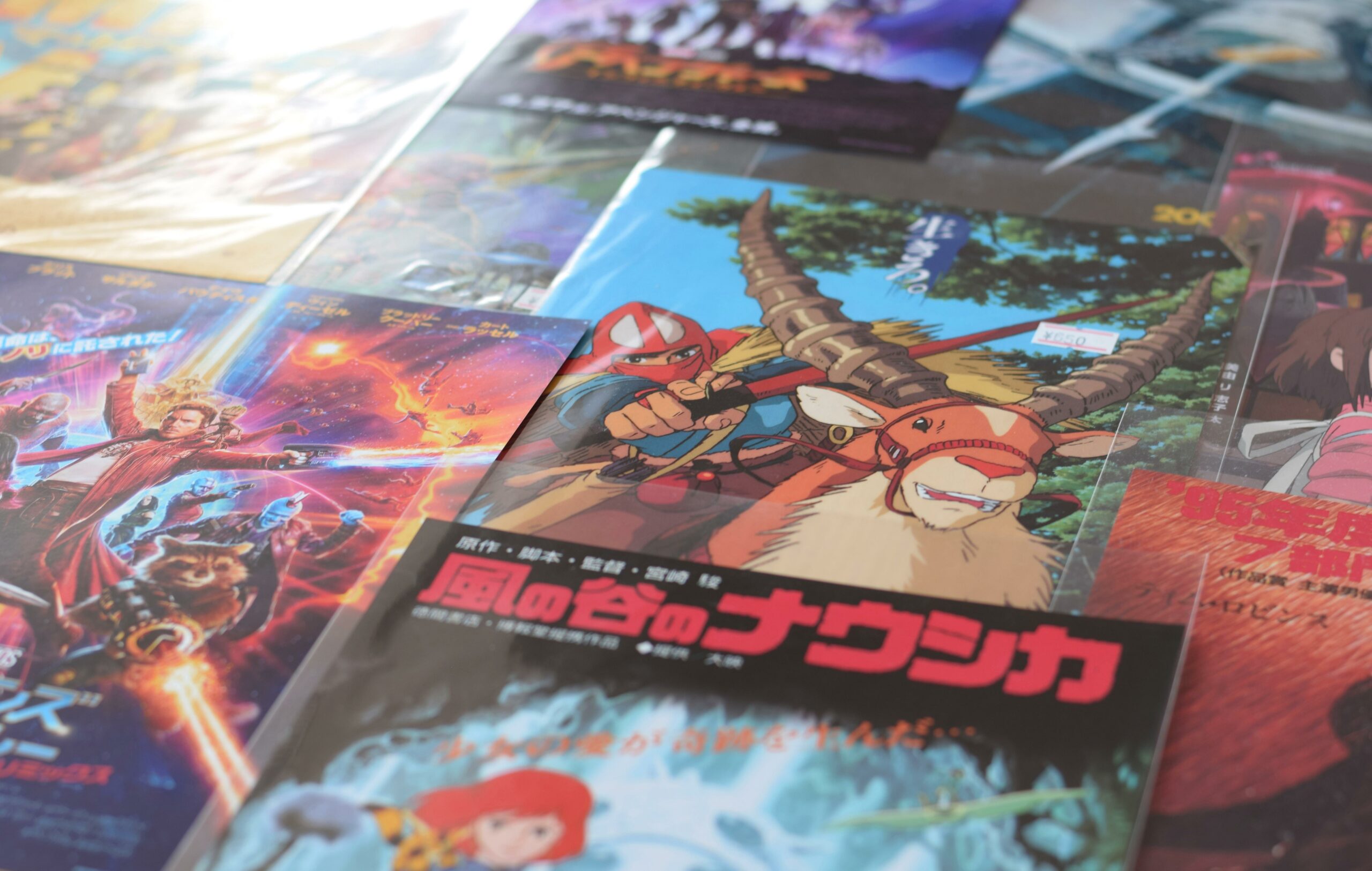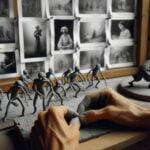Are you ready to embark on a journey through the colorful and enchanting world of animation? Get ready to be dazzled and amazed as we uncover some fascinating fun facts about the animation industry! From the early days of hand-drawn animation to the cutting-edge technology of computer-generated imagery, this article will take you behind the scenes and unveil surprising insights that will leave you in awe. Get your popcorn ready and prepare to be entertained as we dive deep into the captivating world of animation!

Fun Facts About the Animation Industry
Animation is a captivating art form that has brought us beloved characters, stunning visuals, and unforgettable stories. Behind the magic of our favorite animated films and shows lies a fascinating industry filled with intriguing facts and surprising insights. In this article, we will unveil some fun facts about the animation industry that will deepen your appreciation for this creative craft.
Animation and Reality Collide
Did you know that sometimes real-life inspirations make their way into animated characters? Take Ariel from “The Little Mermaid” for example. The animators modeled her after a real-life actress, Sherri Stoner, who not only voiced Ariel but also served as a live-action reference for animators to capture her movements and expressions. It’s incredible how a little bit of reality can bring animation to life!
“The world of animation often finds inspiration in the world we live in, making characters that much more relatable and believable.”
Mickey Mouse’s Surprising Origins
Mickey Mouse, the iconic Disney character loved by millions around the world, is considered a knock-off! Well, not exactly, but Walt Disney took inspiration from a popular character of the time, Oswald the Lucky Rabbit, when creating Mickey. However, due to a contract dispute, Disney lost the rights to Oswald and had to come up with a new character. Thus, Mickey Mouse was born, and the rest is history.
“Sometimes, the most beloved characters have unexpected beginnings, proving that creativity can arise from the most challenging situations.”
From Zoetropes to Cutting-Edge Animation Techniques
Long before the advent of computer-generated animation, artists employed ingenious devices like the zoetrope to simulate motion. These spinning cylinders with slits allowed viewers to witness an illusion of animation before their very eyes. The zoetrope was a precursor to modern animation techniques, showcasing the industry’s evolution and the enduring desire to bring static images to life.
“The animation industry’s commitment to innovation spans centuries, with advancements building on the foundations set by early pioneers.”
Flight School for Animators
Creating the stunning animations seen in films like “How To Train Your Dragon” requires a deep understanding of flight dynamics. To ensure accuracy and authenticity, the animators on the film were enrolled in flight school. By learning the principles of aviation, they were able to imbue the dragons’ movements with a sense of realism, captivating audiences with breathtaking aerial sequences.
“Animation is not just about the artistry; it often involves delving into other disciplines to create immersive worlds and believable characters.”
Skeletons Beneath the Clay
Have you ever wondered how claymation characters maintain their shape throughout complex movements and expressions? Well, most of them have hidden skeletons! These armature skeletons provide the necessary support for the pliable clay, allowing animators to manipulate the characters more precisely. It’s fascinating to see how an internal structure enhances the fluidity and expressiveness of claymation.
“Hidden beneath the surface, armature skeletons enable claymation characters to come alive, showcasing the meticulous craftsmanship behind each frame.”
The Father of Animation
Georges Méliès, a French filmmaker from the late 1800s, is often regarded as the father of animation. Through his pioneering work, such as the iconic film “A Trip to the Moon,” Méliès introduced groundbreaking special effects and storytelling techniques that laid the foundation for modern animation. His imaginative and visionary approach revolutionized the industry and inspired countless animators to push the boundaries of what is possible.
“Georges Méliès’s legacy lives on in the enchanting worlds we see on screen, reminding us of the transformative power of imagination.”
The First Animated Movie
In 1925, history was made with the release of “The Adventures of Prince Achmed,” considered the first animated feature film. Directed by Lotte Reiniger, this groundbreaking silhouette animation captivated audiences with its intricate paper cutouts and mesmerizing storytelling. This milestone paved the way for the countless animated movies that followed, shaping the industry as we know it today.
“The first animated movie marked a significant step forward, showcasing the potential of animation to captivate and transport audiences into magical realms.”
Animation: Always Different, Always Evolving
One intriguing aspect of animation is its ability to adapt to different styles and genres. Whether it’s hand-drawn, computer-generated, claymation, or stop-motion, each animated work has its own distinctive charm and appeal. From heartwarming tales to rib-tickling comedies, animated cartoons offer endless possibilities for storytelling, making each creation a unique masterpiece in its own right.
“Animation’s versatility knows no bounds, allowing storytellers to bring their visions to life in captivating and surprising ways.”
In the vast world of animation, every frame holds a story waiting to be told. Through these fun facts about the animation industry, we gain a glimpse into the fascinating intricacies and achievements that have shaped this vibrant art form. So next time you watch an animated film or show, remember the remarkable behind-the-scenes work that went into its creation and the endless possibilities that lie within each frame.
Did you know that animators have some of the most fascinating job in the world? From bringing beloved characters to life to creating stunning visual effects, animators have an incredible talent for immersing us in captivating stories. If you’re curious to learn some fun facts about animators, click here: fun facts about animators. Get ready to delve into the world of animation and discover the secrets behind your favorite animated films!
Fun Facts About the Animation Industry
Did you know that the animation industry is full of fascinating facts that will blow your mind? From the incredible creativity behind each animated masterpiece to the technological advancements that make it all possible, the animation industry is a true wonder. If you’re curious to learn more, we’ve got you covered with some fun facts about the animation industry.
One of the most remarkable aspects of this industry is its ability to seamlessly blend art and technology. With each frame meticulously crafted, the animation industry truly showcases the power of human imagination. Take a look at these animation industry fun facts; they will make you appreciate the skill and effort that goes into creating animated films and shows.
Are you ready to dive into these fun facts? Click here to uncover some mind-blowing information about the animation industry!
FAQ
Question 1:
Did Ariel from The Little Mermaid have a real-life counterpart?
Answer 1:
Yes, Ariel from The Little Mermaid was based on a real-life person. The character’s appearance and personality were inspired by actress Alyssa Milano, known for her role in the television series “Who’s the Boss?”.
Question 2:
Is it true that Mickey Mouse is considered a knock-off?
Answer 2:
Yes, it is true that Mickey Mouse is often considered a knock-off. The character was influenced by a similar-looking character named Oswald the Lucky Rabbit, created by Walt Disney’s former business partner, Charles Mintz. However, after a contract dispute, Disney lost control of Oswald and decided to create a new character, which ultimately became Mickey Mouse.
Question 3:
What is a zoetrope and how does it relate to animation?
Answer 3:
A zoetrope is a device that can simulate animation before your eyes. It consists of a cylinder with slits and a sequence of images or objects inside. When the cylinder is spun, the slits create an illusion of motion, bringing the images to life. This early animation technique paved the way for the development of more complex forms of animation.
Question 4:
Did animators working on How To Train Your Dragon have to attend flight school?
Answer 4:
Yes, animators working on How To Train Your Dragon actually attended flight school. In order to accurately portray the flight sequences in the film, the animators studied the physics and mechanics of flying. This attention to detail helped bring a realistic and immersive experience to the animated dragons’ movements.
Question 5:
What is the significance of claymation characters having skeletons?
Answer 5:
The majority of claymation characters have skeletons underneath their clay bodies. These skeletons, commonly made of wire, provide support and allow for smoother movements during the stop-motion animation process. By manipulating the skeletons incrementally, animators can create lifelike motions for the clay characters.
- Unveiling Bernhard Caesar Einstein’s Scientific Achievements: A Legacy in Engineering - July 15, 2025
- Uncover who is Jerry McSorley: CEO, Family Man, Business Success Story - July 15, 2025
- Discover Bernhard Caesar Einstein’s Scientific Contributions: Unveiling a Legacy Beyond Einstein - July 15, 2025















